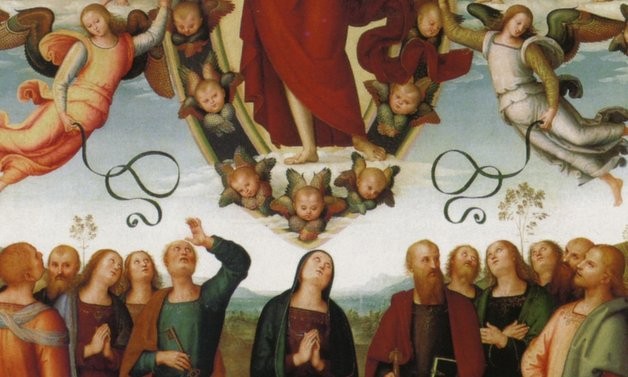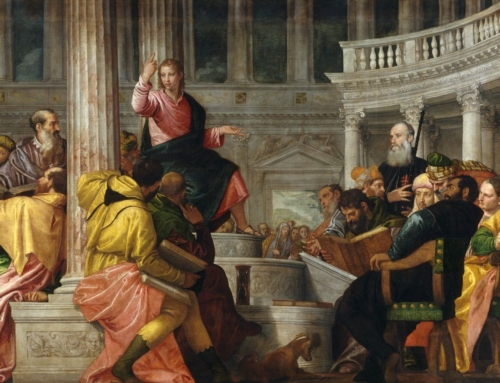A certain misconception can, I think, creep into our minds around Easter time. In this glorious season, with alleluias abounding, we rejoice that the ancient record of our sinfulness has been wiped clean, that the prison-bars of death have been broken, and that Christ, coming back from death’s domain, has shed his peaceful light on humanity. In short, life is good, and it is life that has been restored to us by him who submitted himself to death but could not be bound by it. He died an earthly death that we might be spared from a spiritual one. He bore the weight of our sins to free us from them. He suffered so that we don’t have to. Or did he?
The astute reader will have winced a little at this last claim. He suffered so that we don’t have to? No, this cannot be—the removal of our suffering most certainly is not, cannot be, the reason that Christ suffered. This is evident by the fact that even at Easter, even as we rejoice in the victory of our Savior, suffering persists. Why then did he suffer? The question of whether he had to suffer to redeem us, while very interesting, is nonetheless not the question I am asking. Why did he? St. Peter tells us plainly:
Christ also suffered for you, leaving you an example, that you should follow in his steps. He committed no sin; no guile was found on his lips. When he was reviled, he did not revile in return; when he suffered, he did not threaten; but he trusted to him who judges justly. He himself bore our sins in his body on the tree, that we might die to sin and live to righteousness. By his wounds you have been healed. For you were straying like sheep, but have now returned to the Shepherd and Guardian of your souls (1 Pet 2:21-25).
…that you should follow in his steps. One might say that his steps, in a physical sense, terminate in heaven. (Interestingly, on the Mount of Olives, at one site that claims to be that of the Ascension, there is a stone that bears a depression in the shape of a foot, considered by many to have been left by our Lord’s last earthly step before rising into the heavens.) He suffered so that we might be able to cease from our straying and follow our Shepherd to our final homeland by dying to sin and living to righteousness.
The misconception is to claim that our suffering is unnecessary after Christ’s suffering. Under this view, the obvious fact that suffering remains in the world simply leads to the suffocating belief that all suffering is useless, worthless, and senseless. But the Resurrection changes all that. Indeed, “if Christ has not been raised, then our preaching is in vain and your faith is in vain” (1 Cor 15:14). But Christ has been raised, and because of his Resurrection we know that his death saves us from eternal death—but his cross does not take away our own cross. Did not he himself say, “If any man would come after me, let him deny himself and take up his cross and follow me” (Matt 16:24)?
This, then, is the reason that he suffered. He left us an example because we need it in order to follow in his steps. He was wounded that we might be healed. He went before us in suffering and in death that we might follow him in his glorious Resurrection.
✠
Image: Pietro Perugino, The Ascension of Christ







